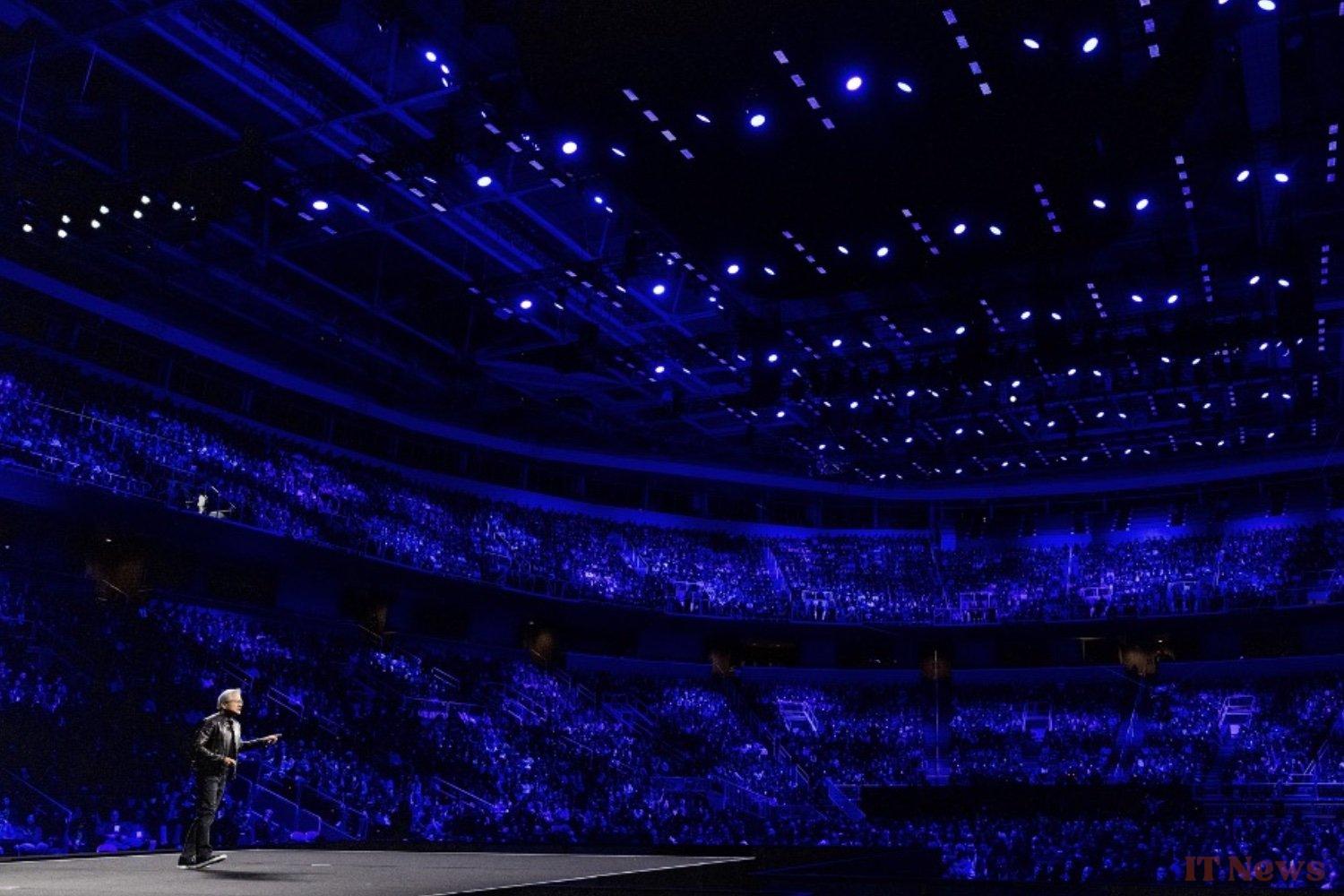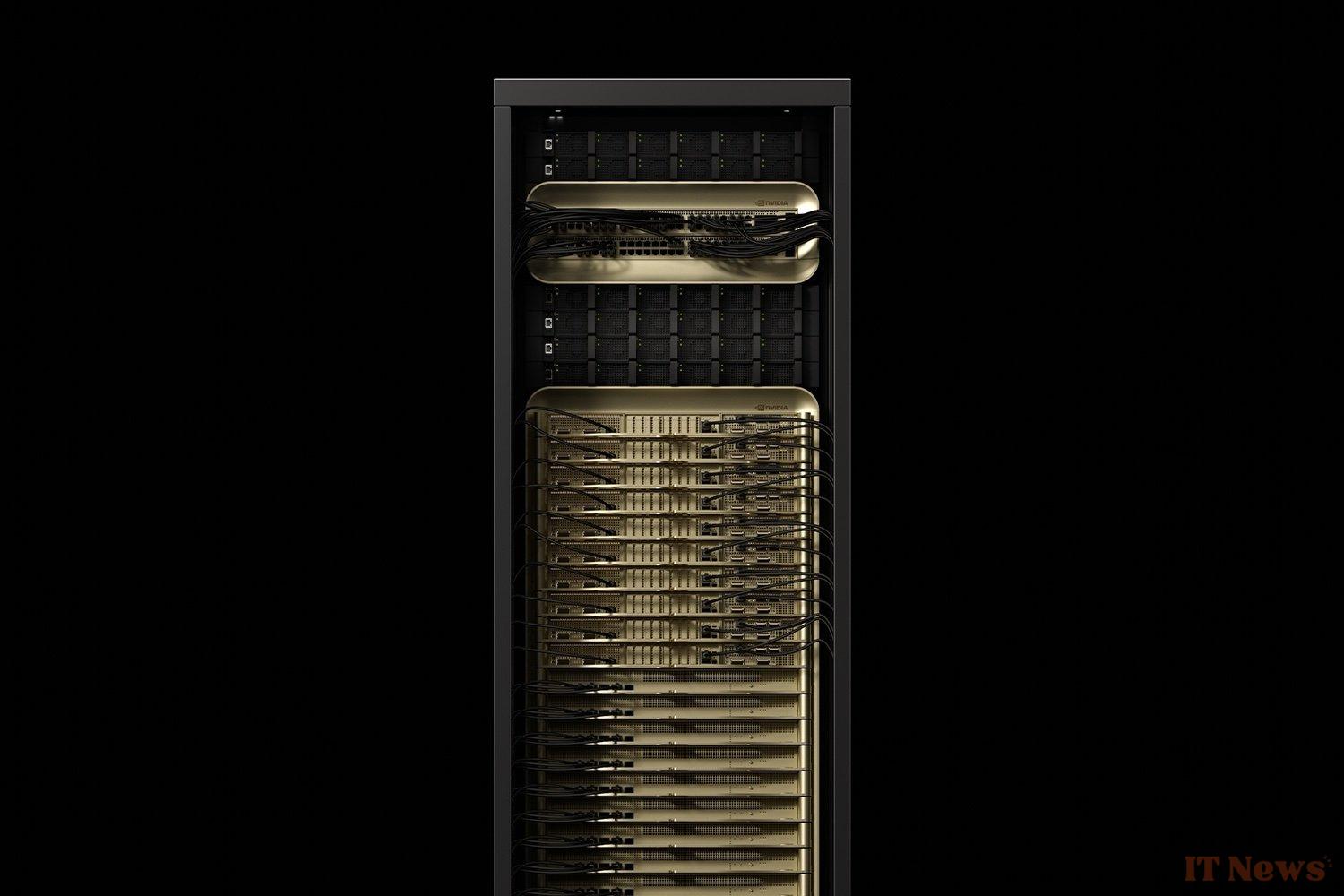Nvidia, of course, makes graphics cards for gamers like the very recent GeForce RTX 5070. But while gaming GPUs remain important to the company—which, after all, is its core business—this activity has largely given way to AI. And during the GPU Technology Conference (GTC), which is being held in California until March 21, Nvidia has continued this trend by presenting numerous new products.
One GPU, multiple chips, more power
At starting with a next-generation GPU family called Vera Rubin, in homage to the American astronomer known for her work on moiré matter. These GPUs, which will appear in the second half of 2026, actually include a CPU (Vera) and a new GPU design (Rubin). Vera is the first processor developed by Nvidia, based on a design called Olympus; previously, the company used Arm components.
This in-house design allows Vera to be twice as fast as the CPU at The work in Grace Blackwell chips, assures Nvidia, which is also changing the definition of what a GPU is: a set of chips grouped together will now be considered several distinct GPUs.
For example, the Blackwell chip on the market is composed of two chips assembled to function as a single unit. With the new generation Rubin, Nvidia now considers that a GPU made up of several chips (dies) must be counted as several distinct GPUs. Rubin consists of two dies, therefore two GPUs. In 2027, the Rubin Next family will bring together four dies on a single chip, and will be presented as GPUs. Nvidia is looking far ahead, since the generation after Rubin is already known: it will be Feynman, expected in 2028.
But let's get back to the first generation of Rubin, expected next year. Combined with Vera, a Rubin GPU will be able to produce up to 50 petaflops in inference, the process by which a trained AI model applies its knowledge to analyze new data and produce results in real time. This is more than double the 20 petaflops of the current generation Blackwell. In addition, Rubin will be able to support up to 288GB of fast memory, a key criterion for AI developers.
Nvidia also revealed Blackwell Ultra, an evolution of the current range capable of generating more content in less time. It will be offered in several configurations, including a version with an Nvidia Arm CPU (GB300) and one with eight GPUs per server. The manufacturer claims that these chips will allow cloud providers to increase their revenues up to 50 times (!) compared to the Hopper generation.
Blackwell Ultra is particularly suited to "reasoning" AI models as can be those of the Chinese DeepSeek, which frightens the US giants so much. Nvidia, the primary target of this offensive, has on the contrary chosen to embrace these models and for good reason: AI "agents" massively call upon reasoning AI... and therefore, technologies capable of grinding them.
Source: Nvidia




0 Comments